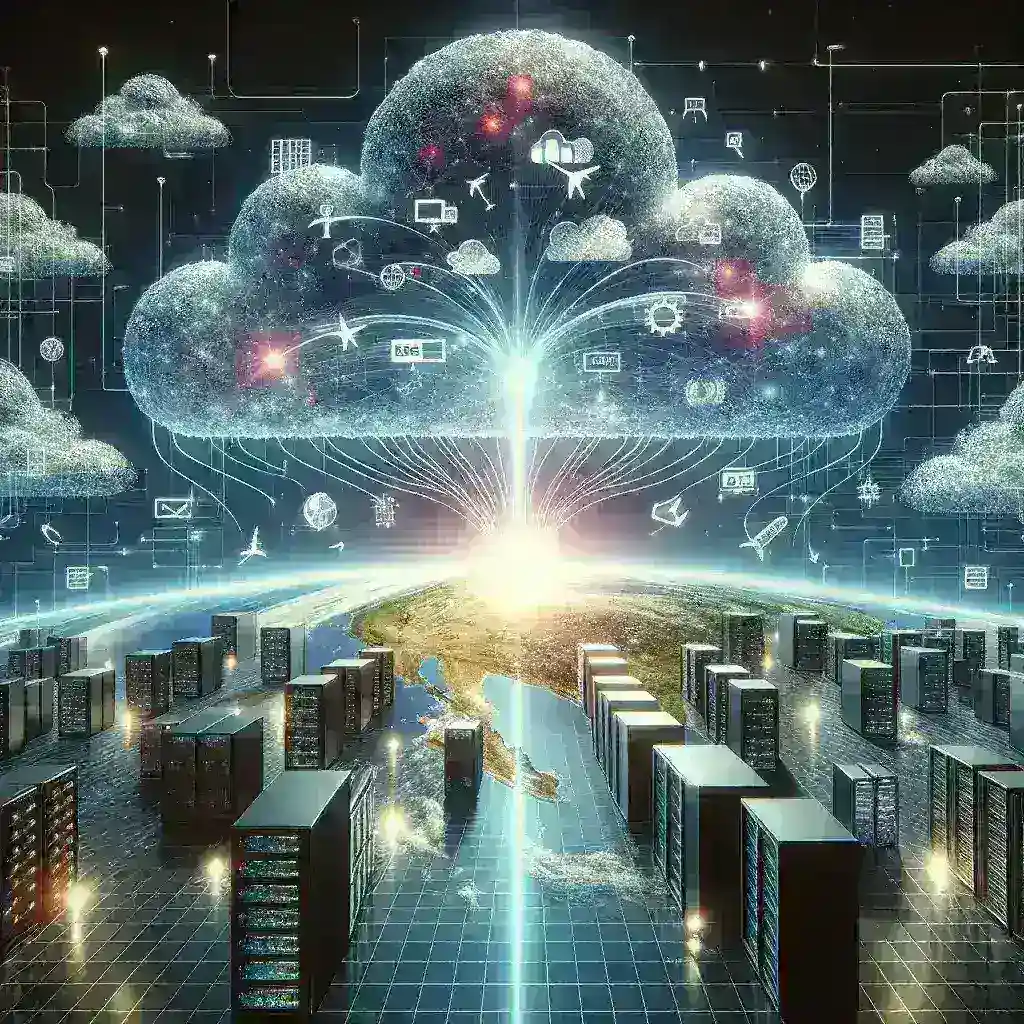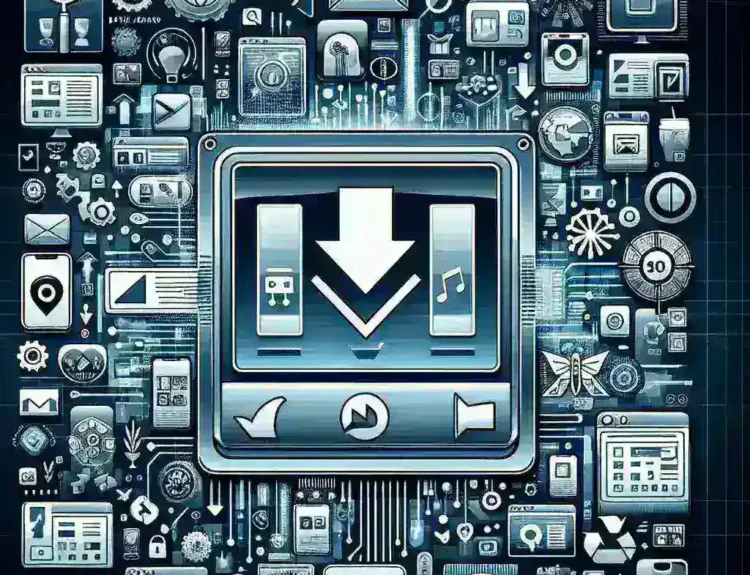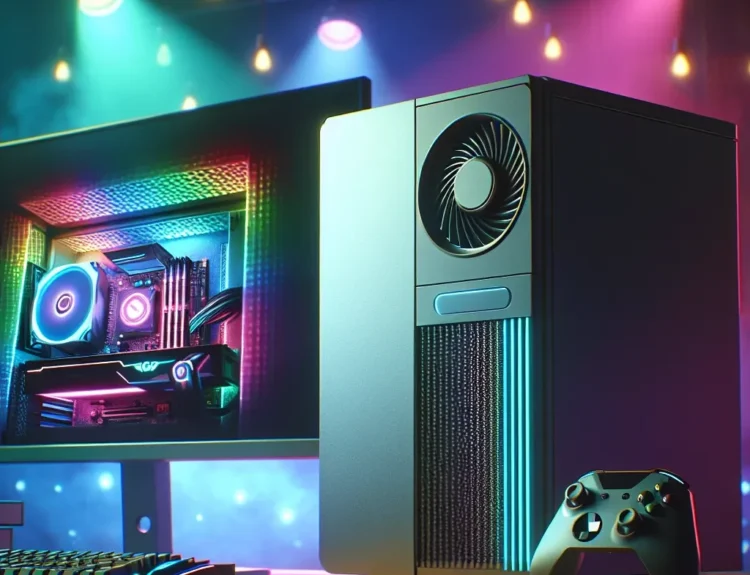Introduction
The technological landscape is rapidly evolving, and one of the most significant trends is the merging of edge and cloud computing. This evolution is particularly vital for latency-critical use cases where speed, efficiency, and real-time processing are paramount. In this article, we will explore how edge and cloud computing are working together to meet the demands of various industries.
Understanding Edge and Cloud Computing
Before diving into their convergence, it’s essential to understand what edge and cloud computing entail.
What is Cloud Computing?
Cloud computing refers to the delivery of computing services over the internet, providing on-demand resources such as storage, processing power, and applications. These services are hosted in data centers distributed around the world, allowing users to access them anytime and anywhere.
What is Edge Computing?
Edge computing, on the other hand, brings computation and data storage closer to the location where it is needed, rather than relying entirely on a centralized data center. This proximity to the data source reduces latency and bandwidth use, making it ideal for applications that require real-time processing.
The Need for Low Latency
Latency, the delay before data transfer begins following an instruction, is a critical factor in many applications. High latency can severely affect user experiences and operational efficiency. For instance, in sectors such as healthcare, autonomous driving, and online gaming, even milliseconds can make a significant difference. As a result, minimizing latency has become a top priority across industries.
The Convergence of Edge and Cloud Computing
With the increasing demand for low-latency solutions, the collaboration between edge and cloud computing is becoming more prevalent. Here’s how they complement each other:
1. Enhanced Processing Power
By leveraging both edge and cloud resources, businesses can enhance their processing power. Critical data can be processed at the edge, while less time-sensitive information can be sent to the cloud for deeper analysis.
2. Improved Data Privacy and Security
With regulations like GDPR and CCPA, data privacy has never been more crucial. Edge computing allows sensitive data to be processed locally, reducing the risk of exposure during transmission to the cloud. Cloud services can then handle aggregated data, ensuring compliance while maintaining security.
3. Real-Time Analytics
Combining edge and cloud capabilities enables businesses to perform real-time analytics. For example, IoT devices can gather data at the edge, analyze it immediately for actionable insights, and then send the results to the cloud for long-term storage and additional analytics.
Industry Applications of Merged Edge and Cloud Solutions
The merging of edge and cloud computing is transforming various industries:
1. Healthcare
In healthcare, the need for low-latency solutions is critical. Remote monitoring devices and telemedicine applications benefit significantly from edge computing, which allows for immediate data processing, while the cloud handles extensive databases of patient records and analytics.
2. Autonomous Vehicles
Autonomous vehicles rely on real-time data processing to navigate safely. Edge computing provides the instantaneous processing power necessary for these vehicles to make split-second decisions, while the cloud offers updates and continuous learning from aggregated data.
3. Smart Cities
In the realm of smart cities, real-time monitoring of traffic, energy consumption, and public services is crucial. Edge devices can collect and process data, while the cloud can analyze trends and manage city resources more effectively.
Challenges of Merging Edge and Cloud
Despite the advantages, merging edge and cloud computing presents several challenges:
1. Network Reliability
Edge computing relies heavily on network connectivity. If the connection to the cloud is inconsistent, it can hinder the overall system performance.
2. Data Management
Managing data across both edge and cloud environments can be complex. Organizations need robust strategies for data governance and management to ensure data integrity and compliance.
3. Security Concerns
While edge computing enhances security by processing data locally, it also introduces risks. Each edge device can become a potential entry point for cyberattacks. Therefore, organizations must prioritize security across their entire architecture.
Future Trends in Edge and Cloud Integration
The future of edge and cloud computing appears promising. Emerging trends include:
1. Increased Adoption of 5G Technology
5G technology will enhance the performance of edge computing by providing faster and more reliable connections. This will facilitate real-time applications in various industries and further blur the lines between edge and cloud.
2. AI and Machine Learning Integration
As AI and machine learning continue to evolve, their integration with edge and cloud computing will enable more intelligent decision-making processes and predictive analytics.
3. Expansion of IoT Devices
The proliferation of IoT devices will drive the need for more localized processing, making the merger of edge and cloud even more essential for data handling and analysis.
Conclusion
As edge and cloud computing continue to merge, they offer powerful solutions for latency-critical use cases across various sectors. The combination of local processing and centralized analytics provides businesses with the agility, speed, and efficiency necessary to thrive in a fast-paced digital landscape. Embracing this convergence will be key for organizations aiming to stay ahead in their respective industries.








